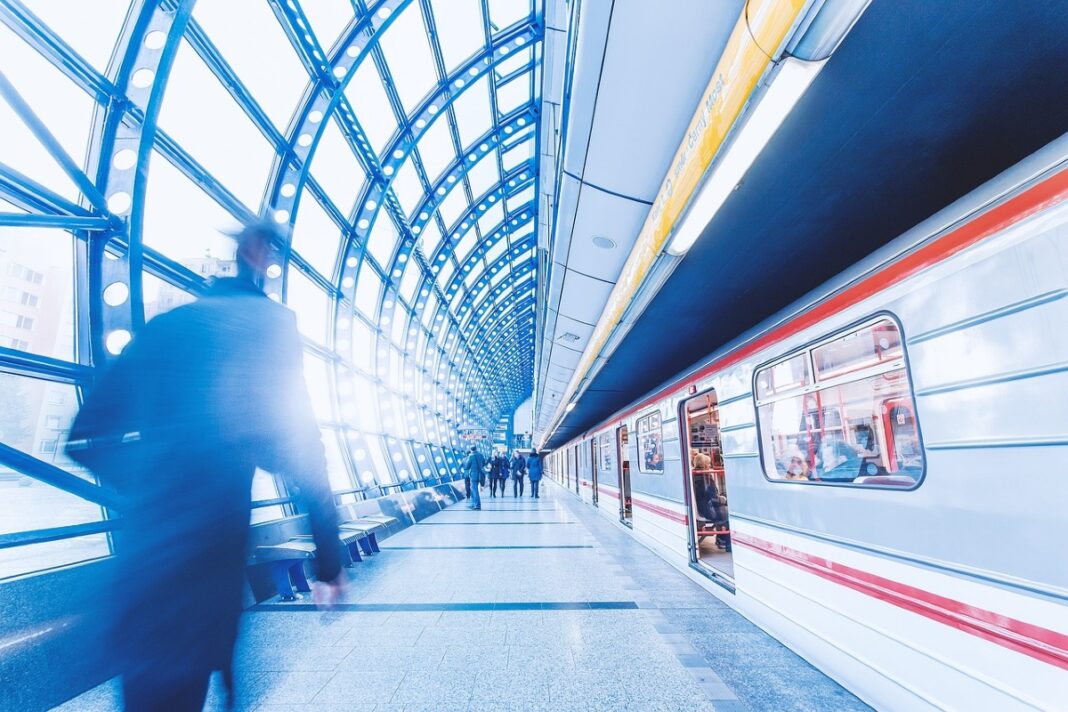The proposed conventional metro rail project in Thiruvananthapuram, Kerala’s capital, is a monumental endeavor expected to cost Rs. 11,560.8 crore. This project, helmed by the Creative Group LLP under the visionary leadership of Prof. Charanjit S. Shah and Ar. Gurpreet S. Shah, is not just a transportation initiative but a symbol of architectural excellence and innovation.
From its inception to its current stage, the project exemplifies a commitment to excellence, sustainability, and social responsibility. The Detailed Project Report (DPR) prepared by the Delhi Metro Rail Corporation (DMRC) outlines two major corridors that will enhance Thiruvananthapuram’s urban transit landscape. Corridor I, stretching from Technocity at Pallipuram to Pallichal, will cost Rs. 7,503.18 crore, covering 30.8 km with 25 elevated stations. Corridor II, from Kazhakkoottam to Killipalam, is expected to cost Rs. 4,057.7 crore, spanning 15.9 km with 13 stations, including 11 elevated and 2 underground stations.
The use of structural mild steel in a high seismic zone was a strategic choice, allowing the building to remain structurally and aesthetically light, reminiscent of traditional Assam type bungalows. This combination of steel and locally sourced Teak wood and Sal brings warmth and homeliness to the house. Fabsteel Infrastructure, actively promoting the use of structural steel in residential buildings, found steel to be a sustainable alternative to R.C.C framed construction. Steel’s durability and resistance to corrosion ensure the airport stands the test of time with minimal maintenance.
The metro project is not just about transportation; it’s about enhancing the quality of life for the citizens of Thiruvananthapuram. It will serve as a gateway to the city, offering passengers a seamless travel experience while celebrating its rich history and culture. As a beacon of inspiration for future architectural endeavors, the project showcases the transformative power of visionary design and collective effort.





